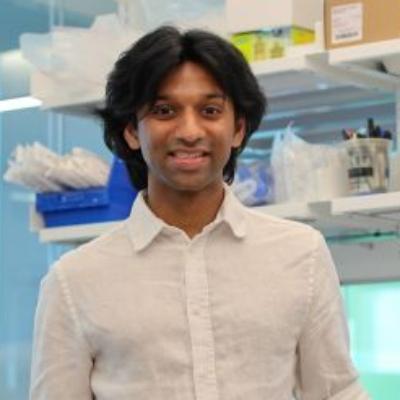AI is helping us understand how the human mind reasons, processes language, and conceptualizes the world around us. Penn scientists are applying AI to discover new materials, learn the structure of proteins, model global climate, and unravel the mysteries of dark matter and dark energy.
NEW PROGRAM — Artificial Intelligence, BSE has opened at Penn Engineering.
Language & the Mind
What does deep learning teach us about how we think? And how can we evaluate AI using insights from human psychology? Our psychologists use AI to understand how we reason, make social decisions, store memories, and conceptualize the world around us and, with colleagues in Biophysics, how we perceive the world around us. Large Language Models have also revolutionized both the modeling of language and how we as a society interact with AI. Penn social scientists and computer scientists use LLMs to study how we represent language in the brain, how messages in the media impact different social groups, and all kinds of ways that AI impacts human behavior—a brand new field.
AI for Matter
Machine learning and artificial intelligence are reshaping how Penn faculty approach the exploration, prediction, and optimization of challenging problems in organic chemistry, including protein folding, small molecule structure optimization, and materials science. The transformative impact of ML and AI have enabled the discovery of enhanced piezoelectric materials, the prediction of the behavior of disorder solids, the optimization of nanophotonic devices for imaging biological systems, the optimization of new homogeneous and heterogeneous catalysts, and the mechanistic interrogation of catalytic systems through causal inference. Penn places a high value on the synergy between experimentation and machine learning, especially focusing on the acquisition of high-quality data through advanced high-throughput experimentation and automation technology, and the development of physics-informed machine learning.
Life Sciences
Biologists, physicists, engineers, and physicians at Penn are at the forefront of tackling key questions into the genome, protein structure, drug discovery, and the mechanisms governing cellular and organismal growth and behavior. Penn faculty are developing deep learning techniques to identify genetic determinants underlying traits in humans and other model organisms, and to predict the functions of DNA and RNA sequences, with promising applications in vaccine development. New multi-omics approaches are revealing previously under-recognized diversity among cell types and states, which impact cellular processes. Moreover, Penn researchers are harnessing the power of AI to construct computational models simulating the structure and function of cells, subcellular components, proteins, organs, and even entire organisms.
Climate
AI has enabled new approaches to forecasting complex climate dynamics with global consequences, and may become a powerful new tool accelerating innovations targeting the reduction of greenhouse gas emissions. Penn faculty combine rigorous physics-based research with AI to model climate, and study its impact on socio-economically diverse communities. At the same time, the computational demands of AI have raised questions about its carbon footprint and created a new need to study its environmental impact. These opportunities and challenges require new policies and engineering to foster environmentally sustainable AI.
The Universe
The Penn astronomy group has a world leading program in applying AI to big data astronomy, in collaboration with theorists at the Center for Particle Cosmology. Recent discoveries include the largest comet ever found, advances in the cosmological puzzles of dark matter and dark energy, and ‘interpreting’ what deep learning tells us from galaxy images. On the smallest scales in underground particle accelerators, AI aided in the discovery of the Higgs boson and continues to be used throughout high energy physics. Physicists at Penn apply AI to detect undiscovered particles as well as for use in complex reconstruction problems such as particle tracking.





























































